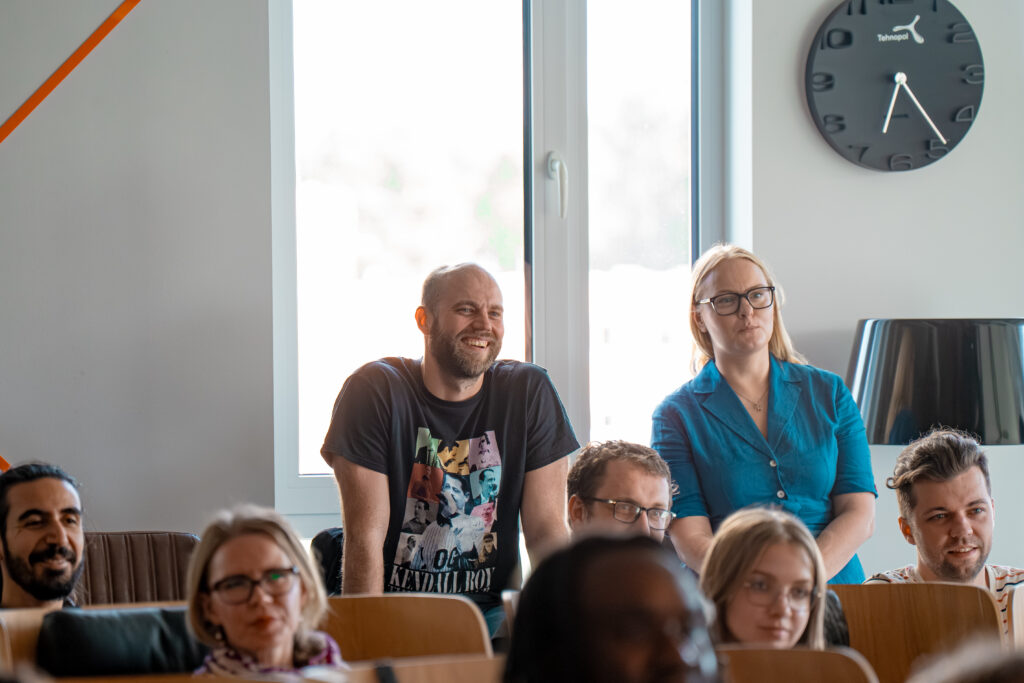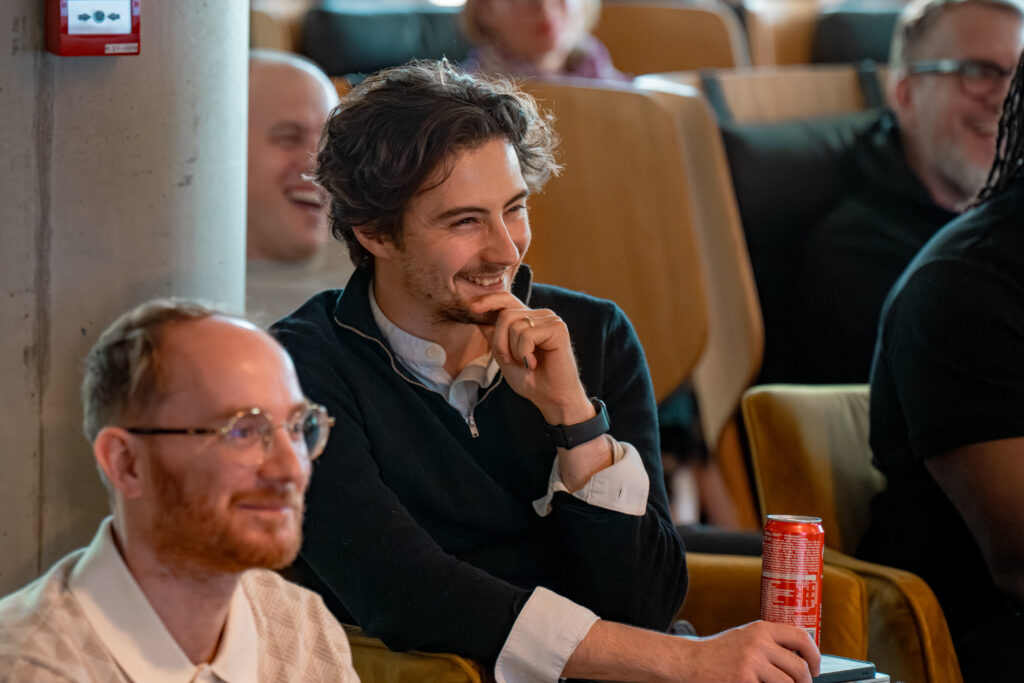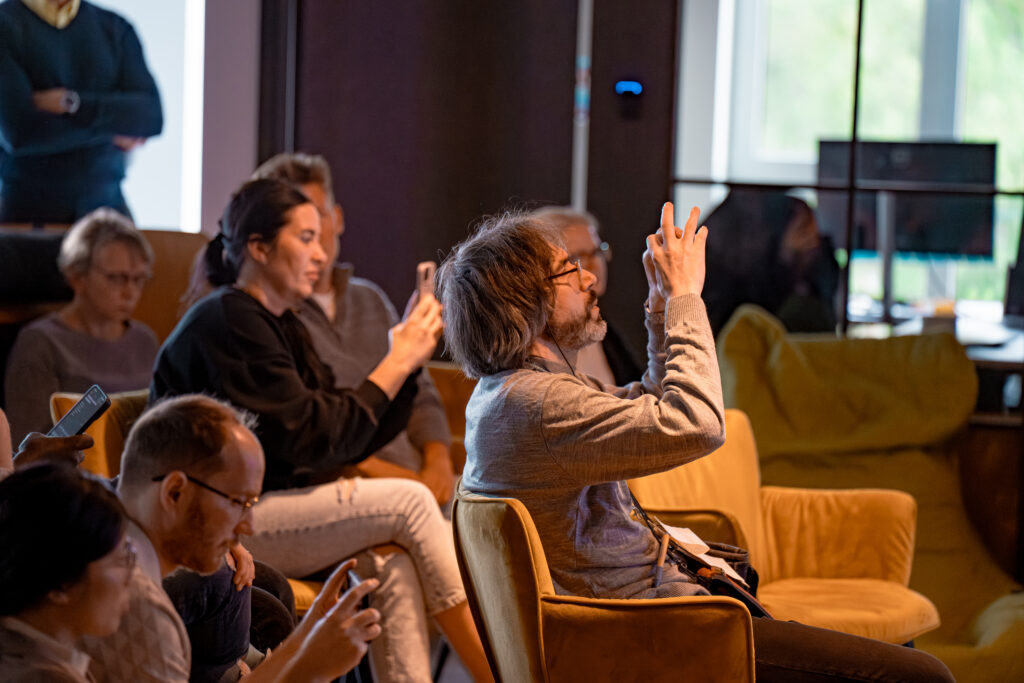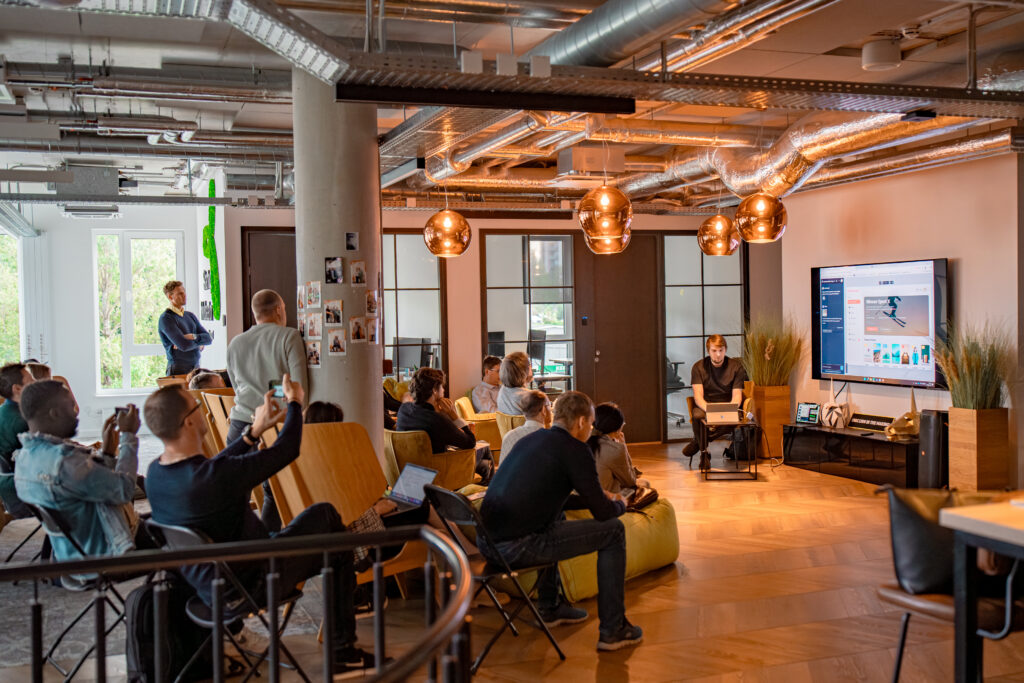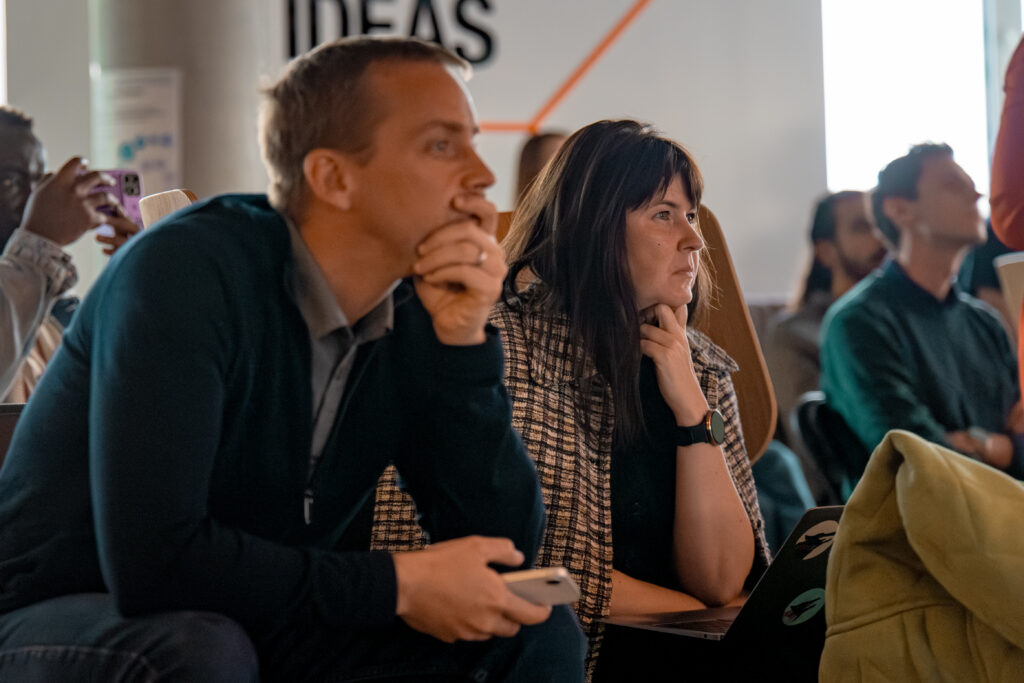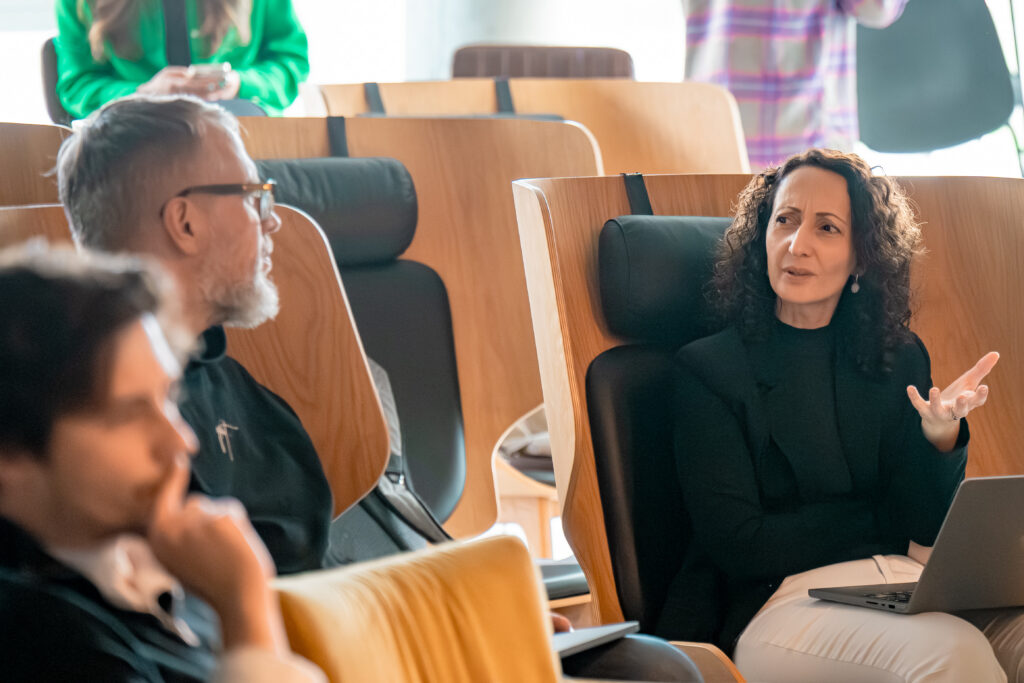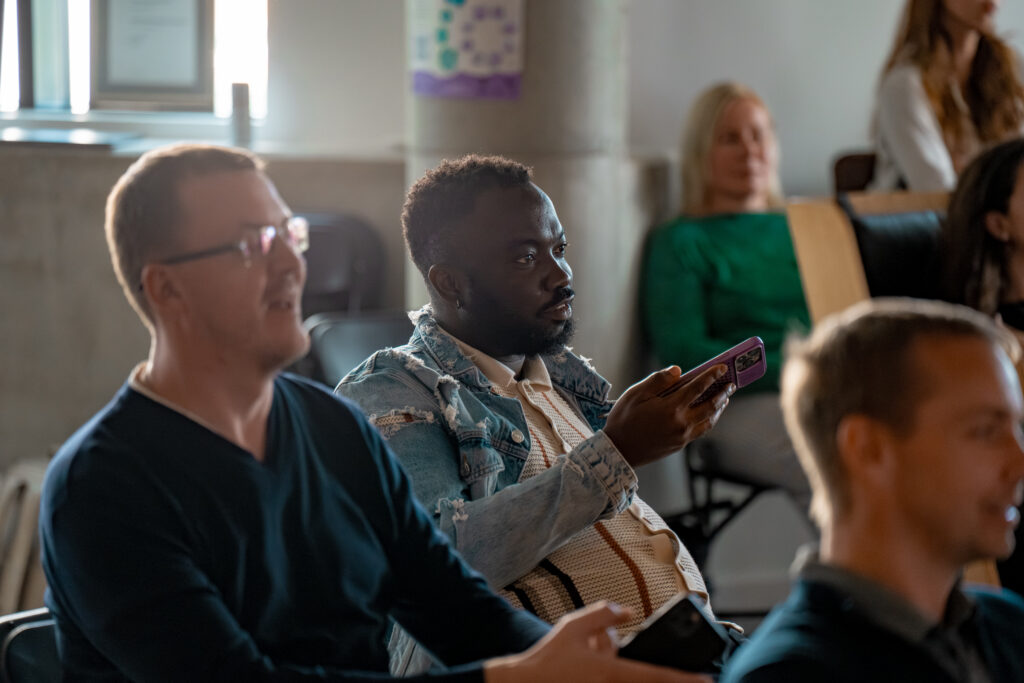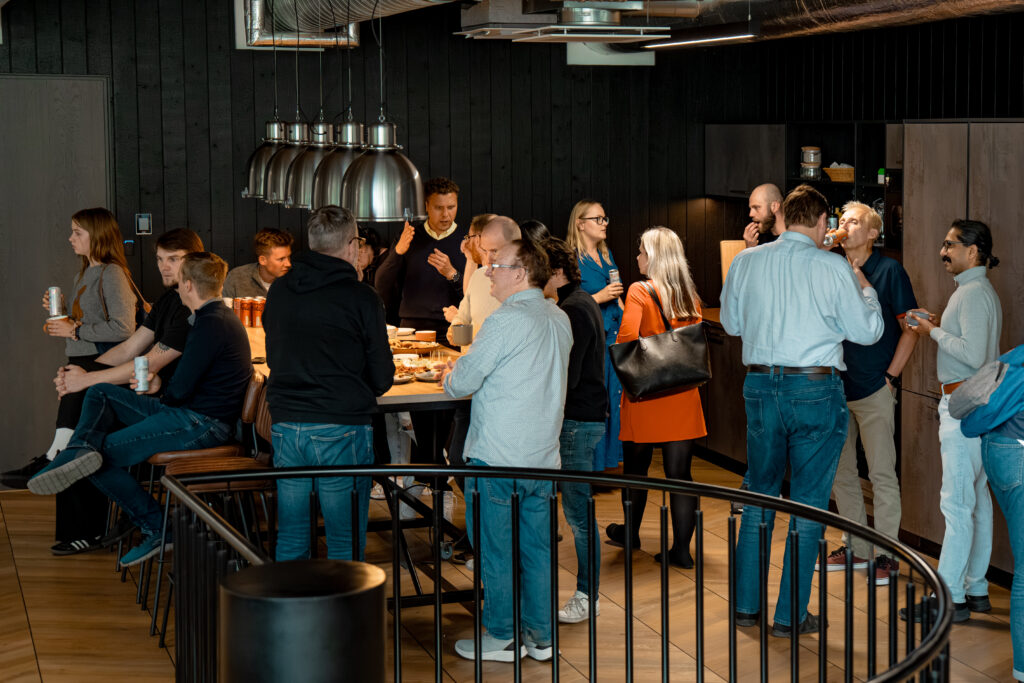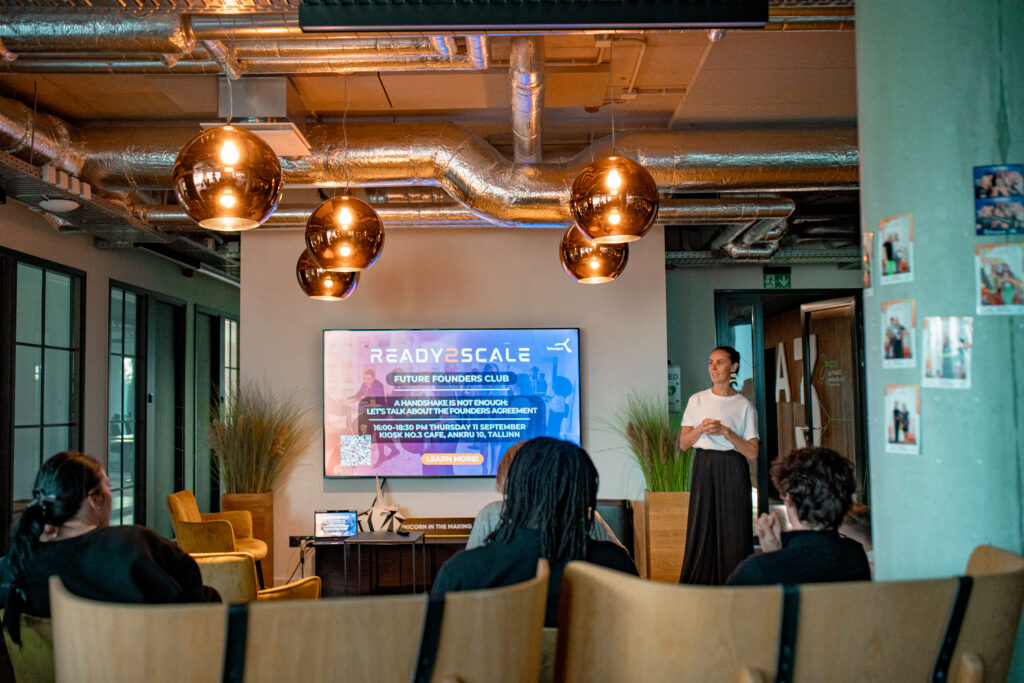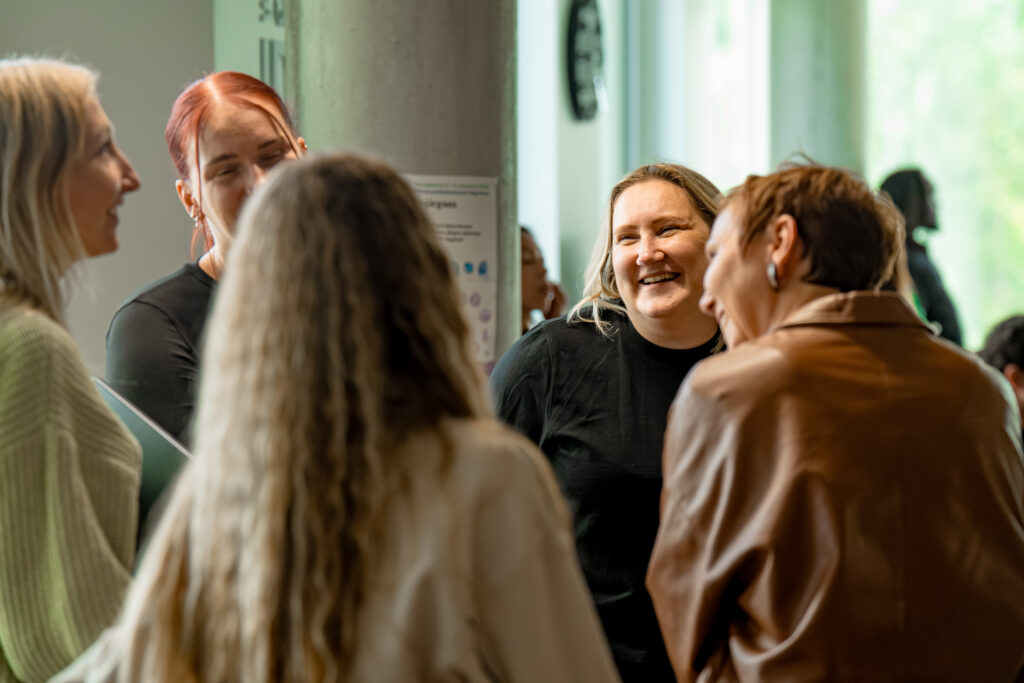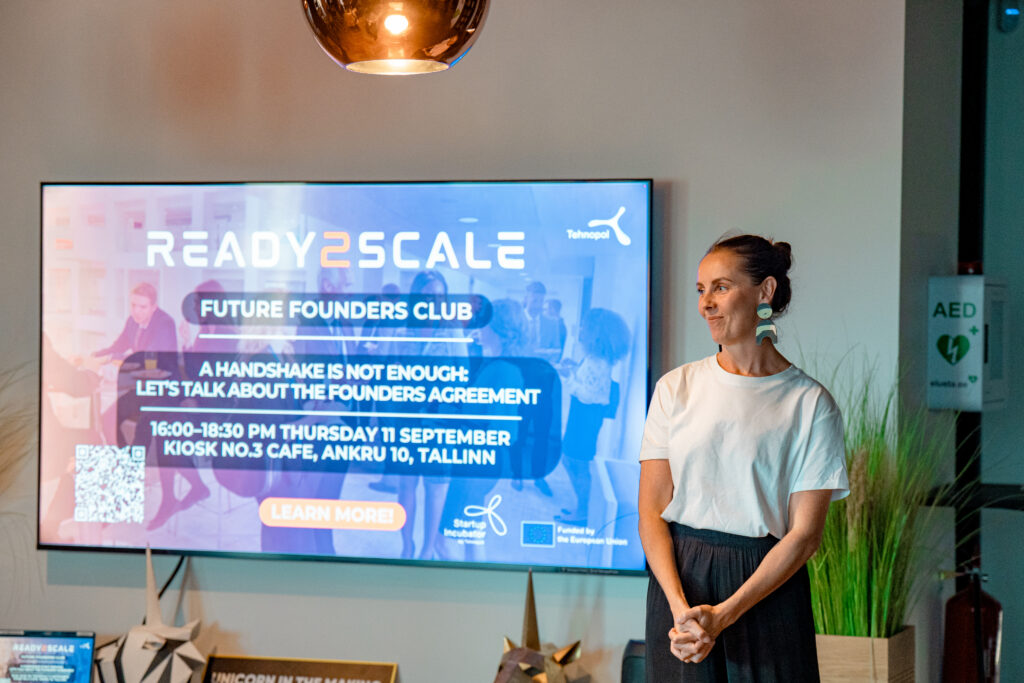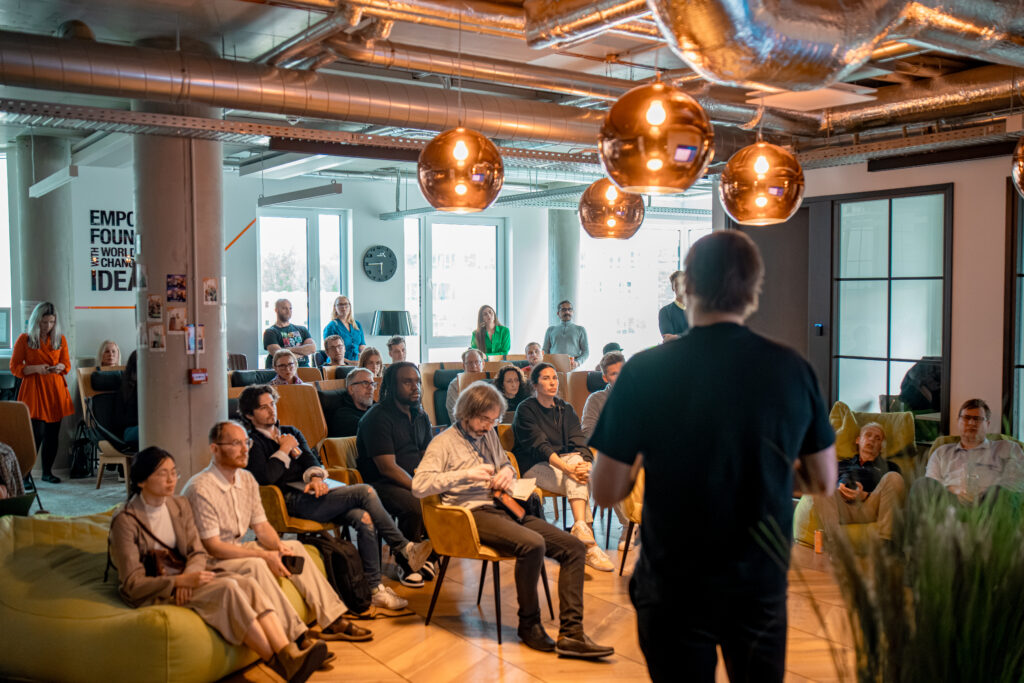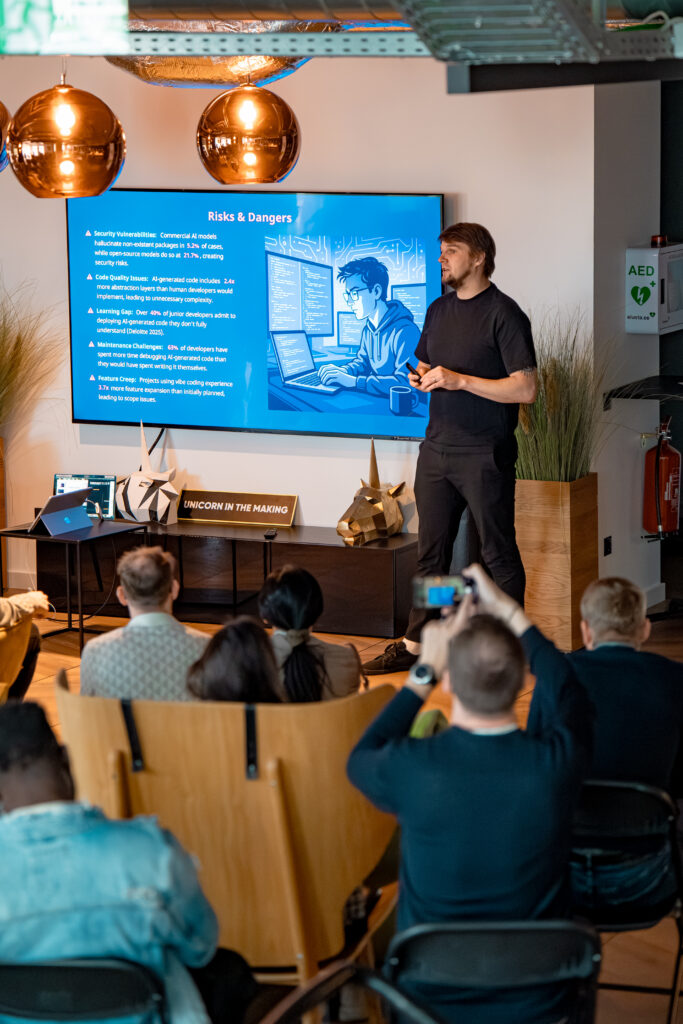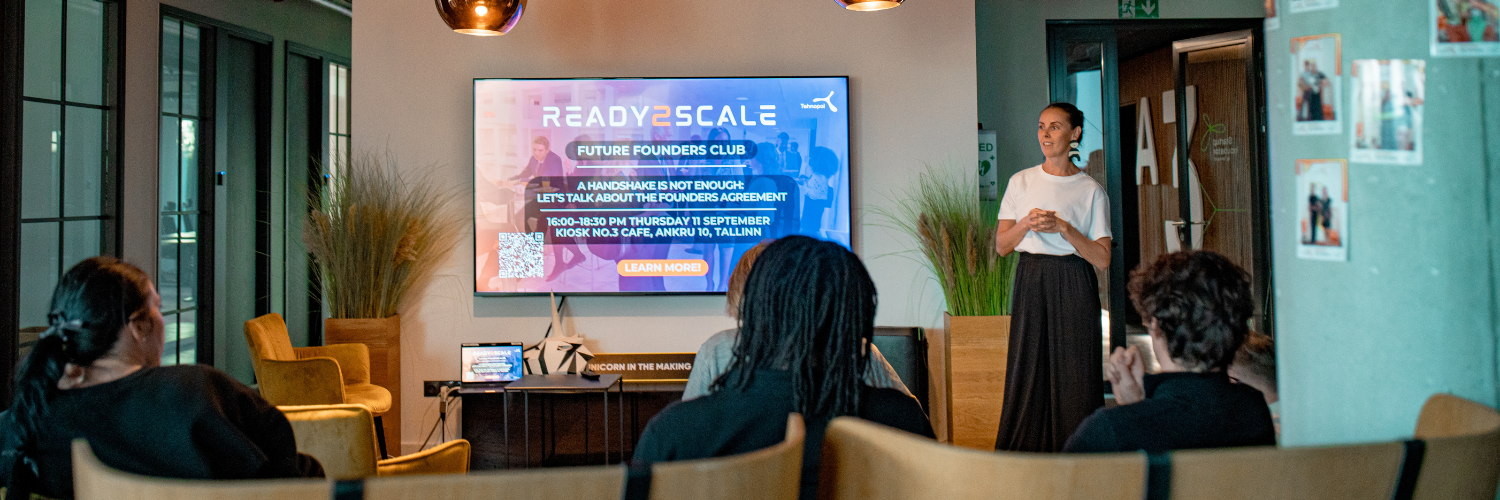Every startup faces the challenge of validating and testing its product quickly. At a recent Ready2Scale after-hours event hosted by Future Founders Club, Ivar Krustok, one of the key mentors of the Tehnopol Startup Incubator, shared his insights.
With extensive experience in data analysis, web development, and product management, he introduced the concept of vibe coding and demonstrated how founders and product developers can leverage it to accelerate their work.
What is Vibe Coding?
Vibe coding is an AI-assisted software development style that reimagines how we build software. First introduced in early 2025 by computer scientist Andrej Karpathy—co-founder of OpenAI and former AI lead at Tesla—it allows developers to describe their intentions in natural language, while AI translates those descriptions into functional code.
In other words, you don’t need to write the code yourself—you just explain what you want the software to do. The focus shifts from “how to build” to “what to build.” As Karpathy explains: “There’s a new kind of coding I call vibe coding,where you fully give in to the vibes, embrace exponentials, and forget that the code even exists.”
Why It Matters?
Vibe coding is already transforming software development. According to Krustok, 44% of non-technical founders now build initial prototypes using AI coding assistants, rather than outsourcing to developers. Research also shows that 81% of developers report productivity improvements when using vibe coding techniques.
For startups, this means moving quickly from early-stage ideas to functional prototypes—faster and cheaper. It lowers sunk costs, reduces barriers for non-technical founders, and makes experimentation far more affordable.
As Krustok put it: “When we start building a prototype, the first week usually goes into deciding where the button should be, then discussing ideas with designers, and finally waiting for time from the IT guys. It can take months! With vibe coding, this can take just an hour.”
From Idea to Prototype in One Hour
So, how would it work in real life? At the event, Krustok gave a live demo to prove his point by building a prototype for “Movie Madness,” a movie recommendation tool, in less than an hour. So what tools did he use?
- Using Manus AI, he conducted extensive market research, analyzing over 245 sources in about 30 minutes to produce a summary covering competitors, segments, and social media trends.
- He then used Envoto to select the most appealing visual template and Stich to generate UI designs for both web and mobile.
- To integrate the IMDB database, he tapped into RapidAPI, the world’s largest API library.
- Finally, he turned to V0.app, his go-to vibe coding platform, to bring the design and idea together into a working prototype.
Krustok recommended giving V0 tasks in small portions and reminding the AI that there’s no rush—helping improve the quality of results. Vibe coding platforms are still relatively new and sometimes they do mess up. It’s important to validate outputs and be prepared to refine them. The first version may not be exactly what you asked, but you can perfect it.
While the platform-sample was in building mode, Krustok used Envoto to draft the perfect pitch deck based on his earlier market research. And all that was done in less than one hour.
The Bigger Picture: Software Development is Changing
The new AI-tool will bring significant changes to the market. Krustok highlighted some striking trends and predictions. According to the McKinsey Global Survey on AI-Assisted Development (March 2025) and the Innobu Vibe Coding Dashboard (2025):
- 41% of all code is now AI-generated—with 256 billion lines written in 2024 alone with tech startups leading the adoption (73%), followed by digital agencies (61%) and e-commerce (57%).
- 44% of non-technical founders are already building with AI coding assistants.
When looking ahead, by 2027, vibe coding will extend beyond code generation into autonomous agents that handle entire workflows—from requirements gathering to deployment. This will drive demand for new roles such as prompt engineers and AI orchestrators, who specialize in guiding and refining AI outputs. By 2028, most enterprises will adopt hybrid models, where vibe coding covers 70–80% of routine development while human experts focus on architecture, security, and innovation.
Bottom line: vibe coding isn’t just a trend—it’s the new way to turn ideas into products, faster than ever. If you’re a founder, it is time to start experimenting.
Future Founders Club is part of the Ready2Scale program, offering exclusive insights into the startup ecosystem and opportunities to connect with other founders—or even join an already established startup. Learn more about the club here.
